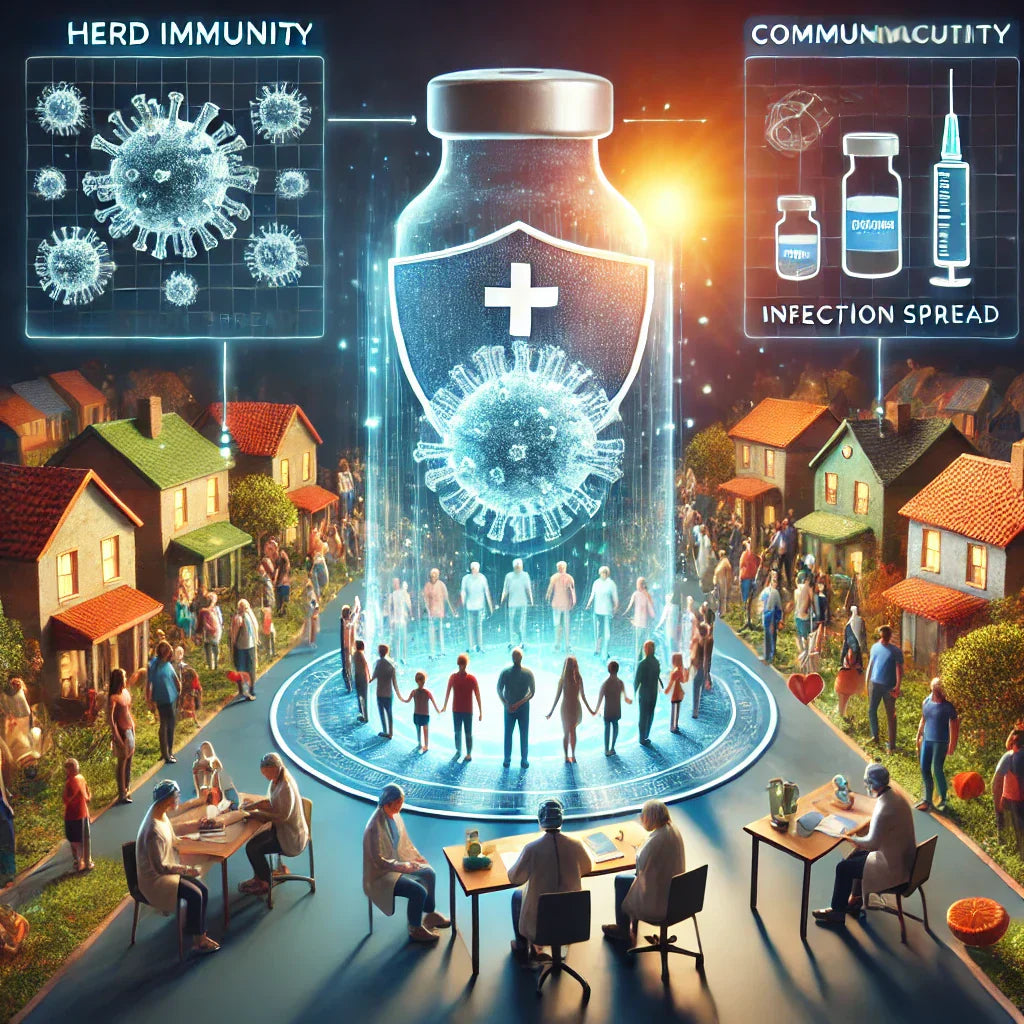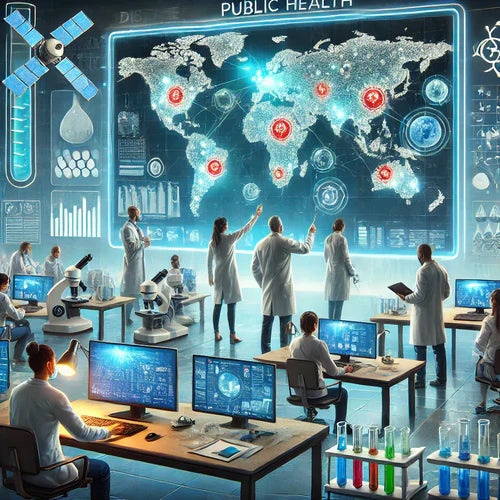News — public health
Herd Immunity: How Vaccines Protect the Entire Community
community health COVID-19 disease prevention herd immunity immunity threshold infectious diseases public health vaccination benefits vaccine hesitancy vaccines
Herd immunity is one of the most powerful tools for protecting public health, especially in the fight against infectious diseases. It's a phenomenon where enough people in a community are immune to a disease, either through vaccination or prior infection, that it significantly reduces its spread. But what makes herd immunity so vital, and how do vaccines play a pivotal role in achieving it? This article dives into the intricacies of herd immunity, explaining how vaccines not only safeguard individuals but also serve as a shield for the entire community, including those who cannot be vaccinated.
Vaccination campaigns have saved countless lives by preventing the spread of diseases such as measles, polio, and influenza. Yet, achieving and maintaining herd immunity requires collective effort and understanding. By exploring the science, benefits, and challenges associated with herd immunity, you'll see how this public health strategy protects society at large.
Separating Fact from Fiction: Addressing Vaccine Hesitancy
addressing hesitancy combating anti-vaccine claims community immunity immunization awareness pro-vaccine strategies public health science-based vaccine facts vaccination benefits vaccine advocacy vaccine communication vaccine confidence vaccine education vaccine hesitancy vaccine misinformation vaccine myths vaccine safety
Vaccine hesitancy has become a growing concern, fueled by misinformation and a lack of trust in public health institutions. Despite the proven safety and efficacy of vaccines, skepticism continues to impact immunization rates, threatening global health progress.
This article explores the roots of vaccine hesitancy, debunks common myths, and provides evidence-based solutions to foster vaccine confidence. By separating fact from fiction, we can build a more informed and healthier society.
Addressing Health Disparities in Minority Populations: A Call to Action
community health cultural competence health disparities health equity healthcare access minority populations public health racial health gap social determinants of health
Health disparities among minority populations remain a pressing issue, reflecting inequities deeply rooted in societal structures. These disparities manifest in higher rates of chronic diseases, limited access to quality healthcare, and worse health outcomes compared to the majority population.
Addressing these inequities requires a collective effort to understand the factors contributing to the disparities, implement equitable healthcare policies, and foster cultural competence within the healthcare system. This article examines the challenges, causes, and actionable solutions for bridging the gap in minority health.
Disease Surveillance: How Public Health Tracks Outbreaks
disease surveillance epidemic monitoring epidemiology global health health and wellness health technology infectious disease prevention outbreak tracking public health surveillance systems
Disease outbreaks, whether local or global, pose significant challenges to public health systems. Detecting, tracking, and responding to these outbreaks requires a robust surveillance infrastructure to prevent widespread harm.
This article explores the fundamentals of disease surveillance, the tools used, and how public health agencies leverage data to protect communities from infectious diseases.
Protecting Public Health: The Importance of Clean Water and Sanitation
clean water clean water benefits global health hygiene practices public health sanitation sanitation solutions water access waterborne diseases
Access to clean water and proper sanitation is a fundamental human right and a cornerstone of public health. Despite this, millions of people worldwide lack access to these essential resources, leading to preventable illnesses and deaths.
This article explores the critical role of clean water and sanitation in promoting health, preventing diseases, and supporting sustainable development. It also highlights solutions to improve global access and the need for collaborative efforts.





